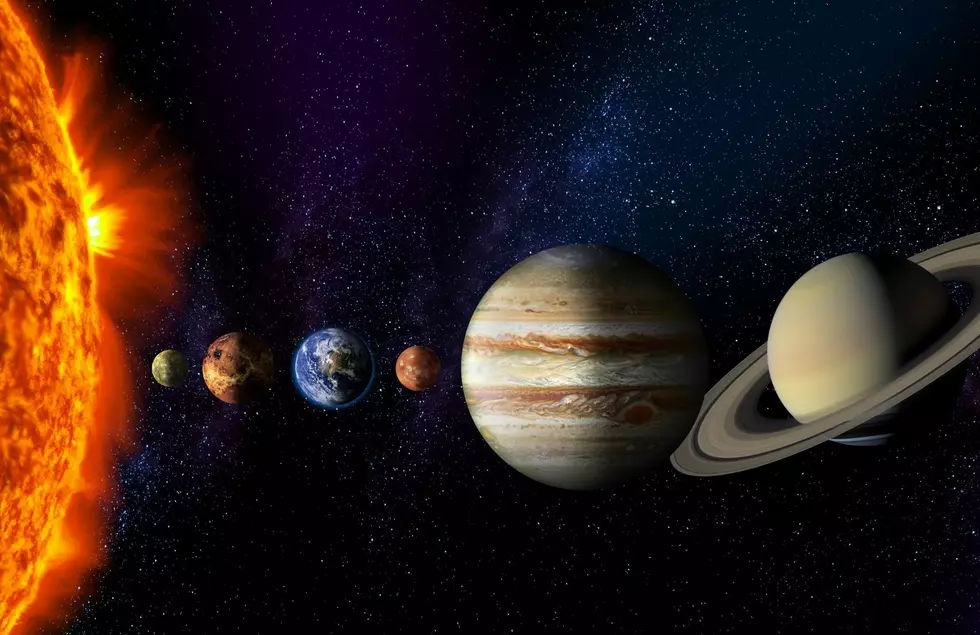Stephen Hawking and Breakthrough Starshot Want to Send Tiny Spaceships Into Deep Space
Stephen Hawking, one of the most famous physicists in the world, has teamed up with a huge $100 million research and development program called Breakthrough Starshot. The goal is to get to Alpha-Centauri within 20 years, using tiny postage-stamp-sized nanocraft, powered by lasers and solar winds.
The technology for this is either already available, or is stuff that will be available very soon. Not like the other ideas for human spacecraft, which are still farther in the future.
They're making tiny devices that include flight computers, laser communications, and data collection into tiny packages that can be propelled through space at about 20% the speed of light. They'll have light sails to be pushed by solar energy, and also be kick-started from lasers on earth that will push them up to speed.
It's estimated that the tiny ships could fly by Alpha-Centauri in about 20 years, and send back all kinds of information about the star, any planets, and everything else they can pick up information about as they fly by. Laser communications would send all the data back.
Breakthrough Starshot is an open collaboration, and welcomes input from other scientists, as well as non-sciency people on their online forums, for ideas on how to improve the project, and make it work.
Russian billionaire Yuri Milner is one of the founders of the group, along with Stephen Hawking, and Facebook's Mark Zuckerberg has also joined the group. Hopefully Mr. Zuckerberg will be putting some huge Facebook money into it.
The video above shows (silently) how the launch would work. The tiny ship with its sail get released, and then the laser array on the ground pushes it up to speed, and the sail takes over after, to keep it moving along. This looks pretty cool.
More From 97.9 WGRD









